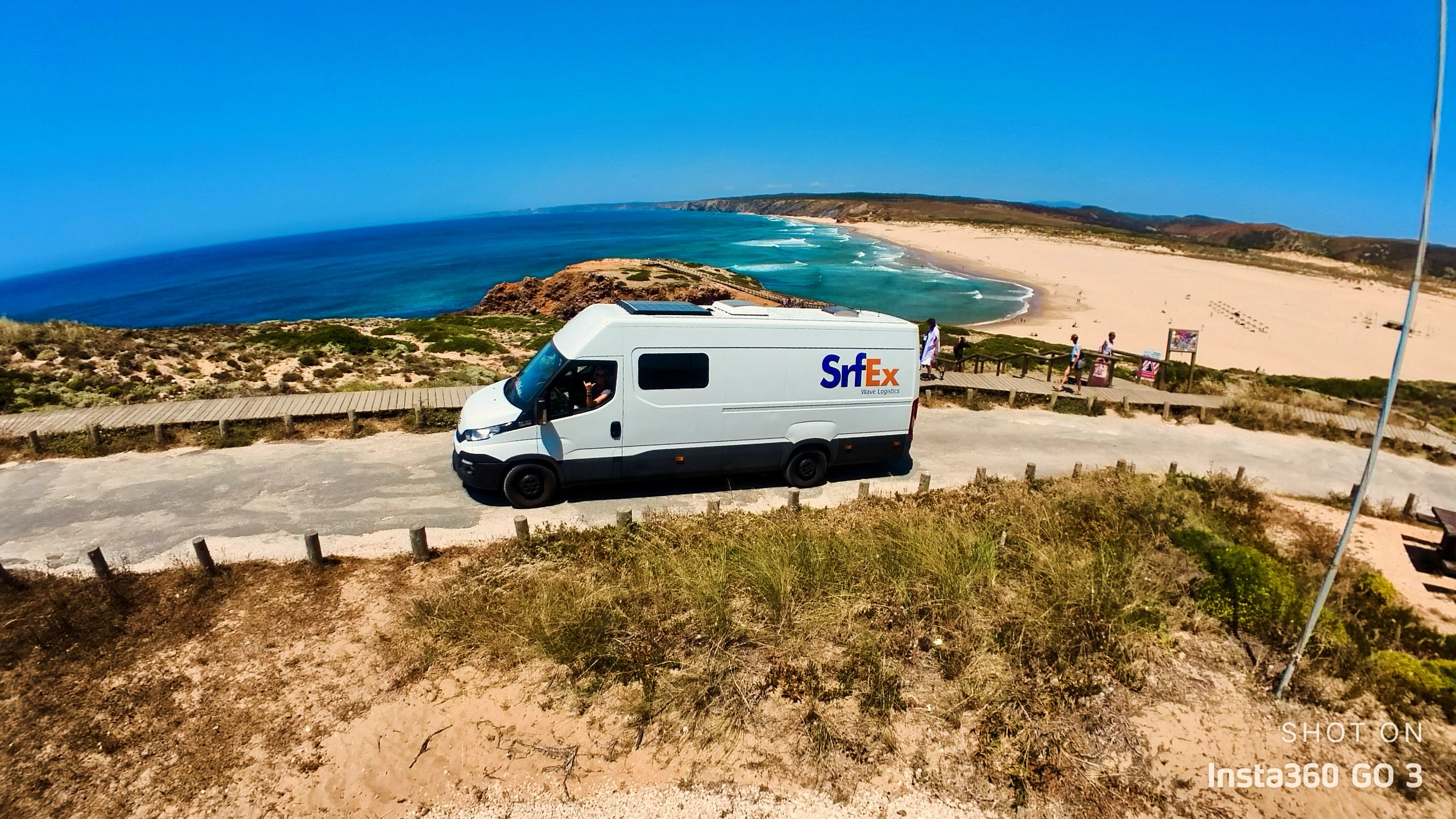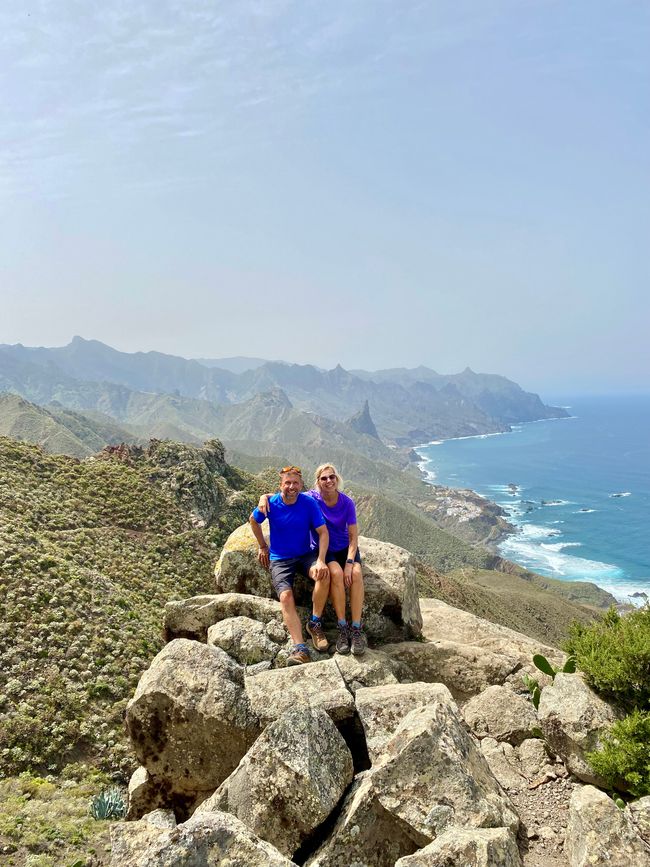Lisbon, Luxury vs. Misery and Scorpions
የታተመ: 28.06.2024
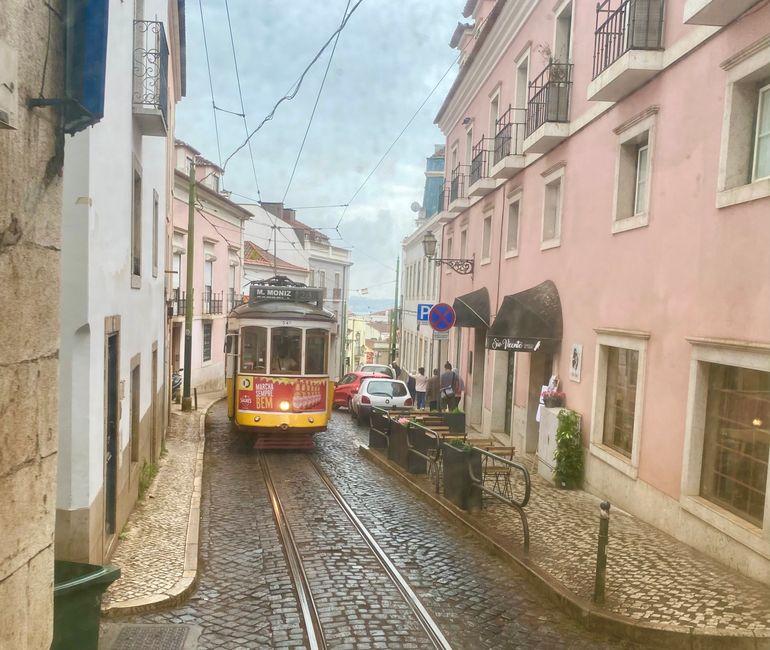
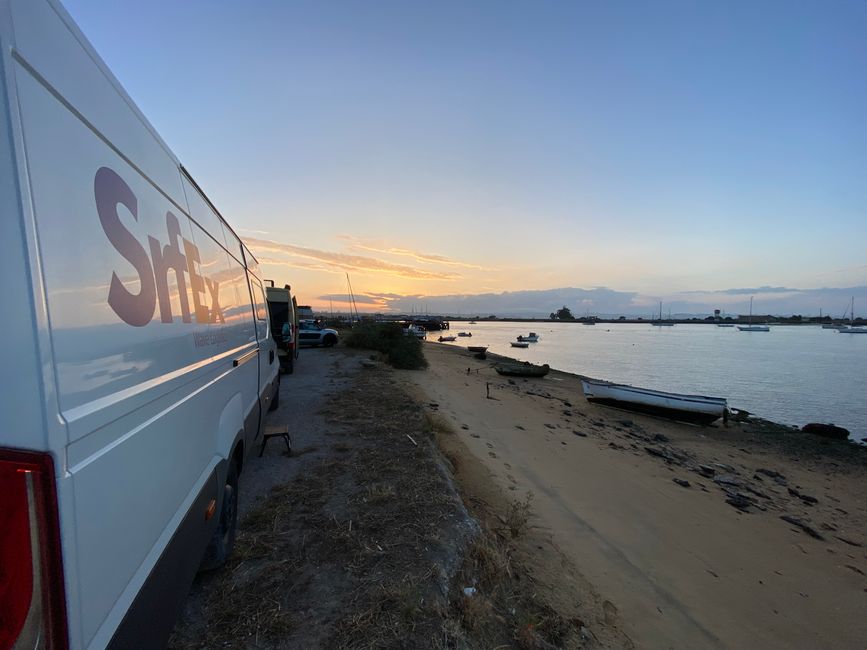
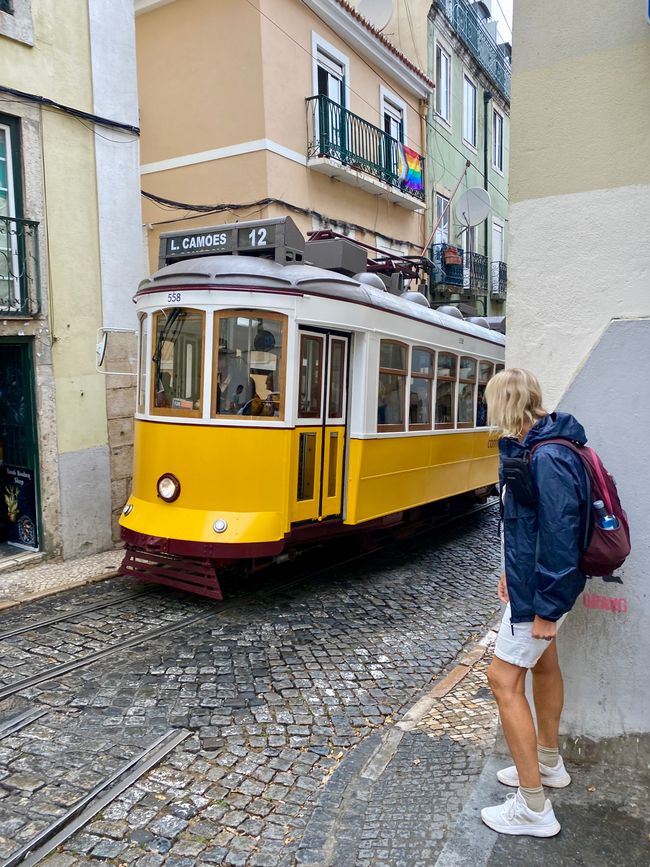
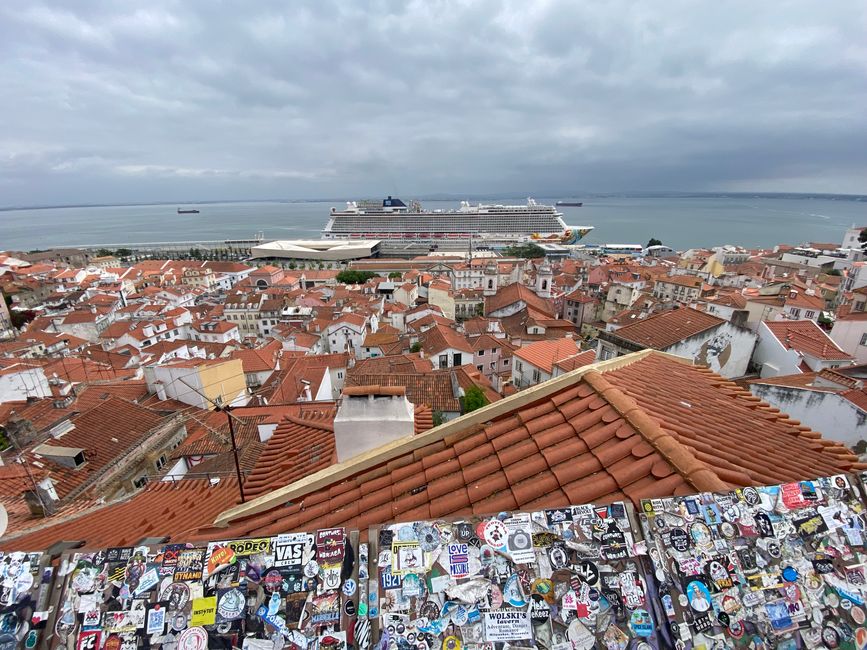
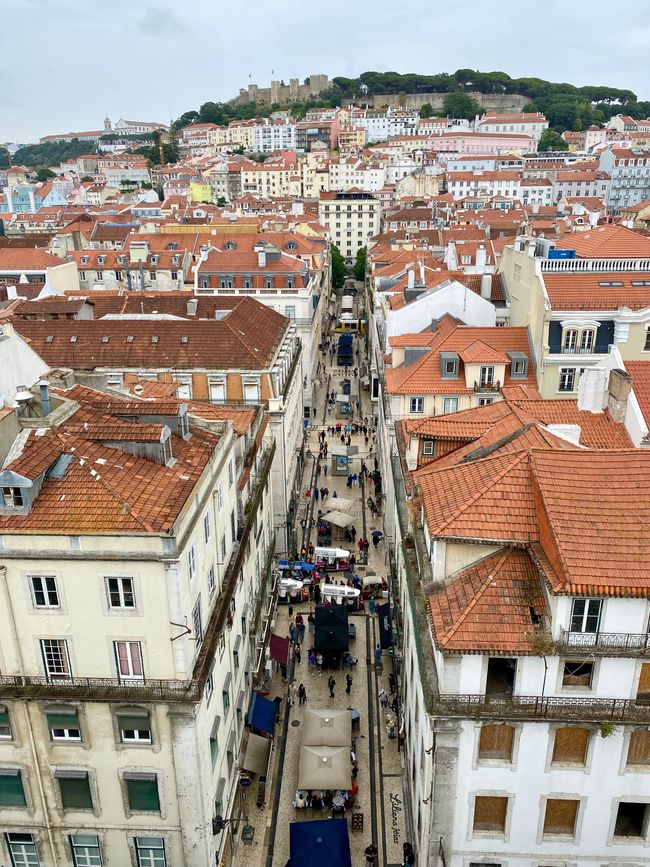
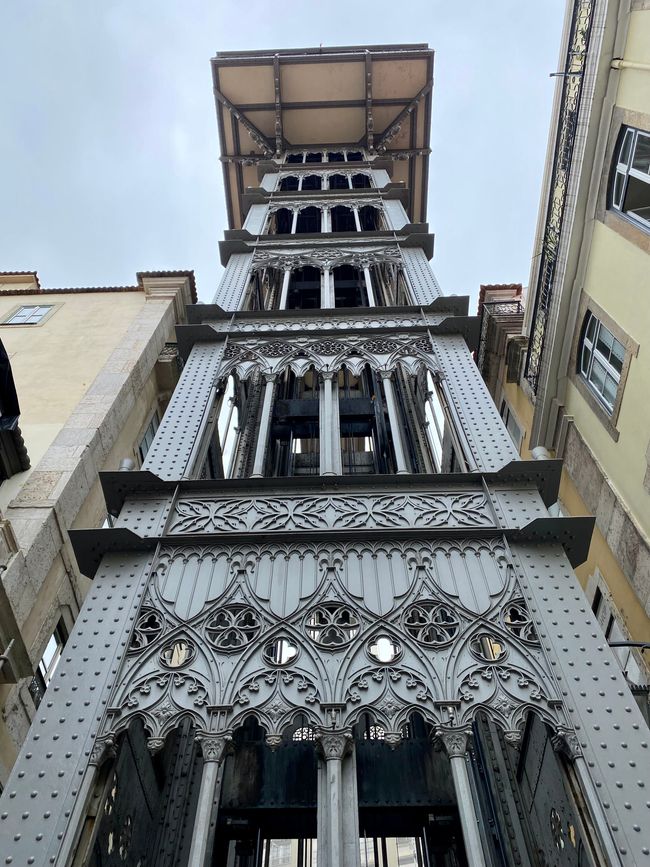
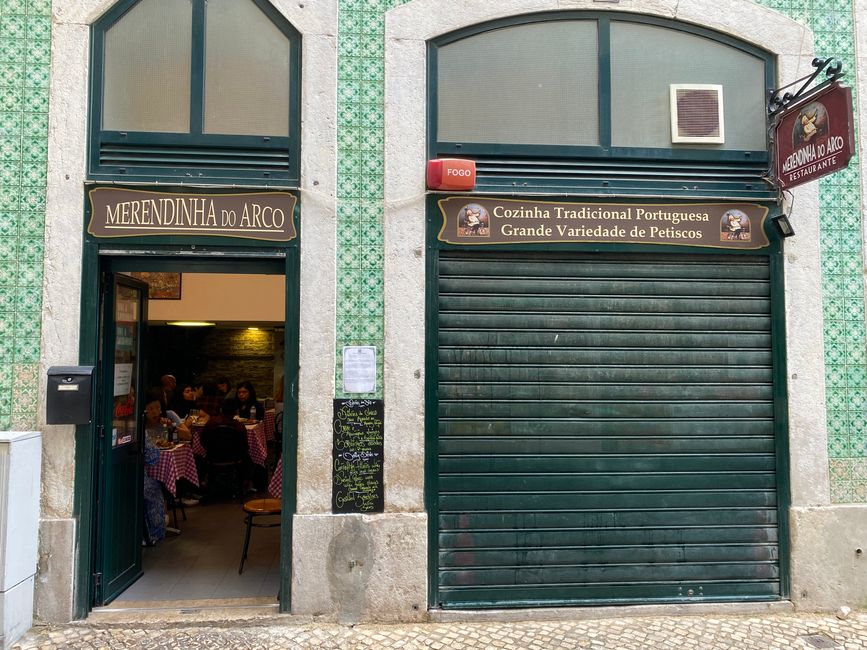
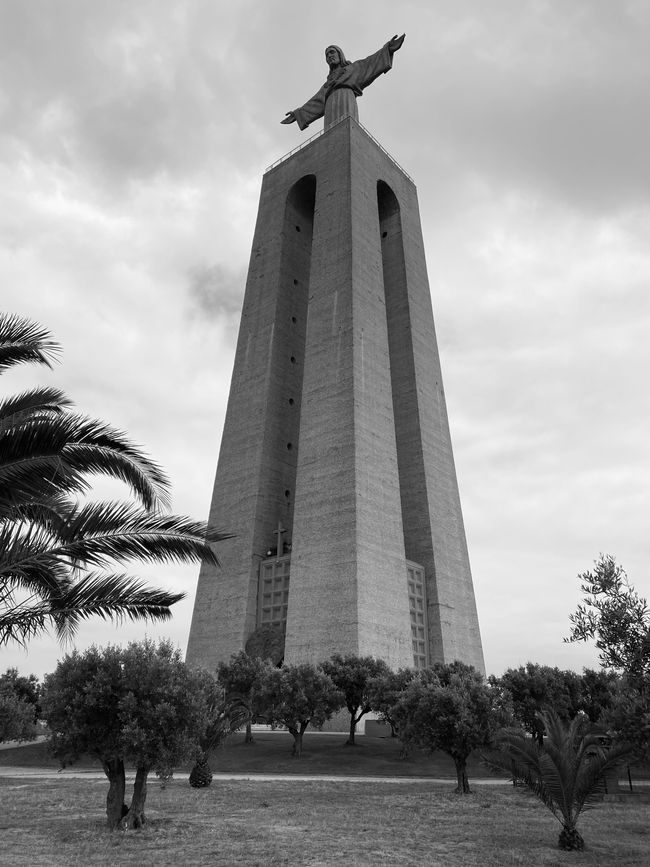
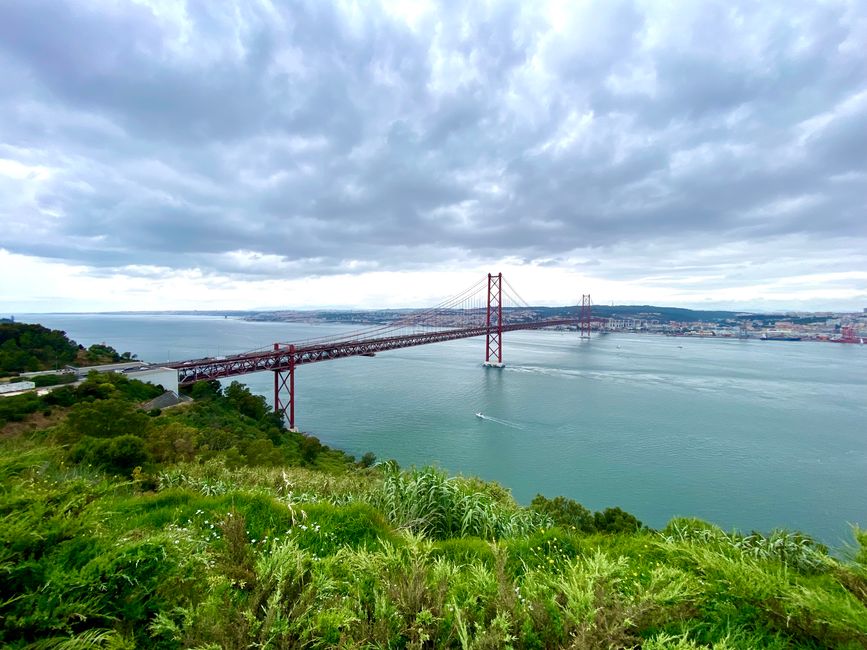
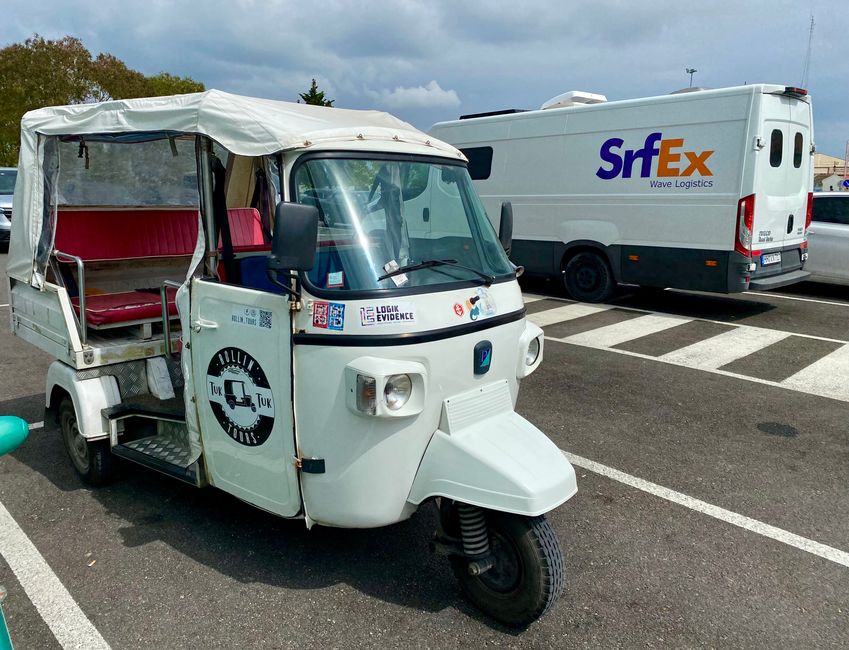
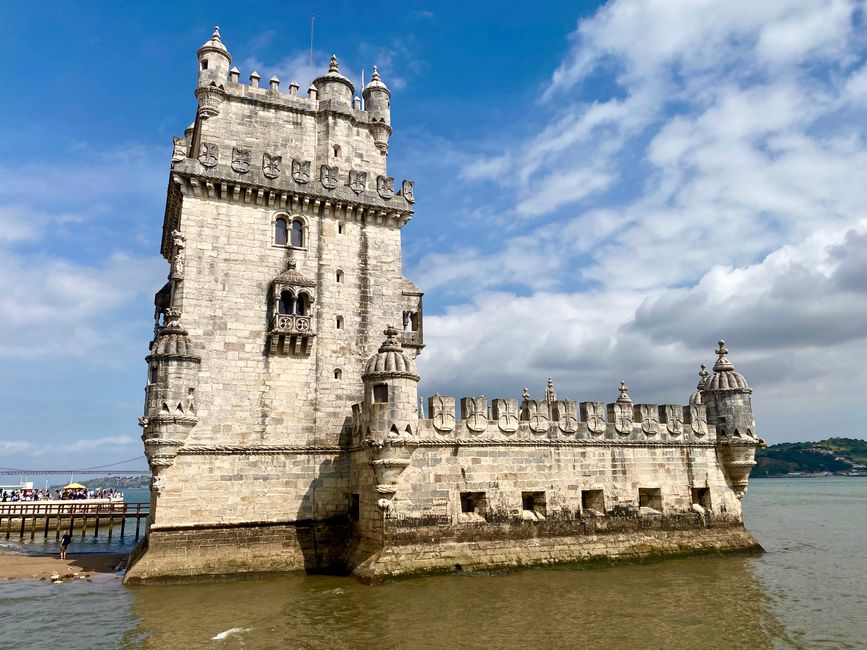
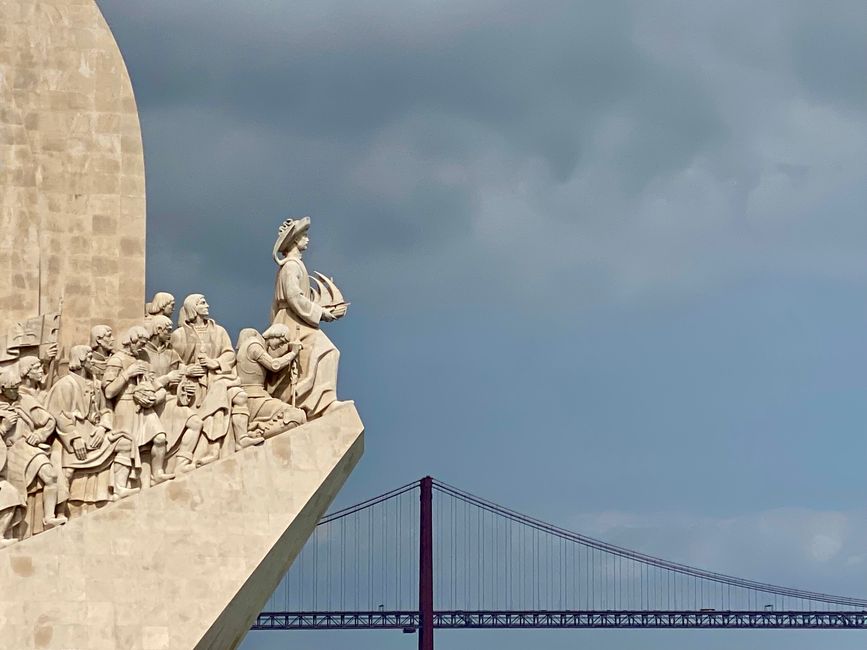
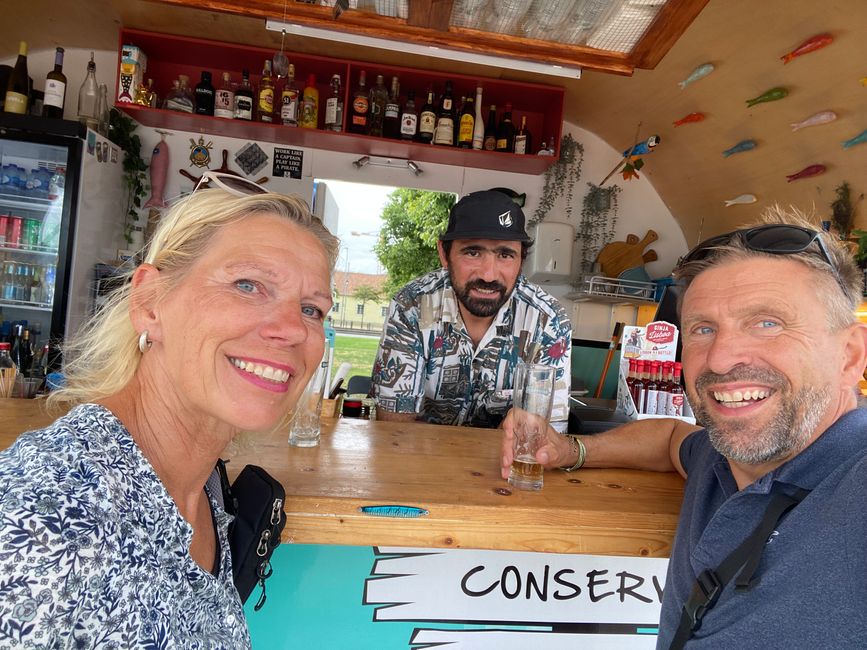
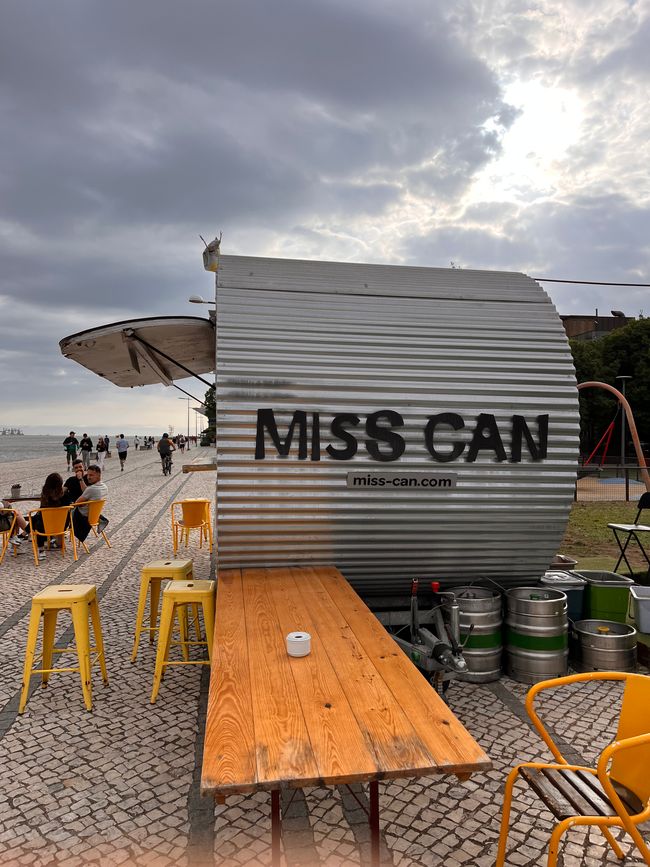
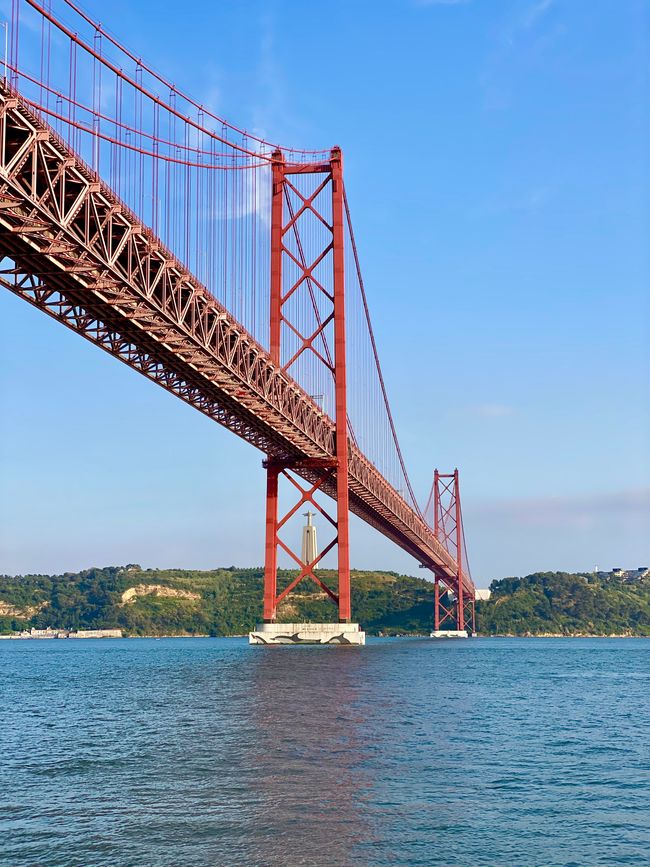

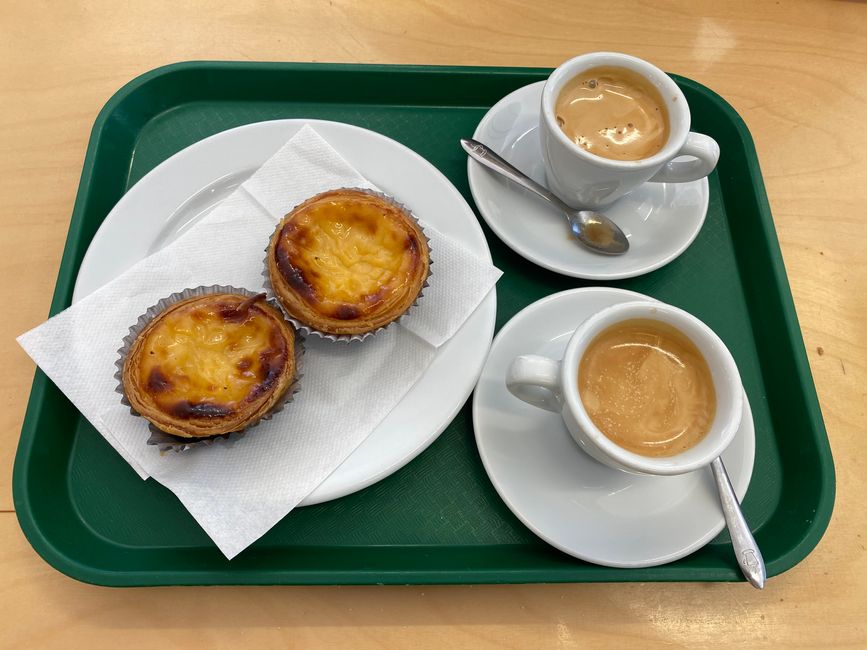
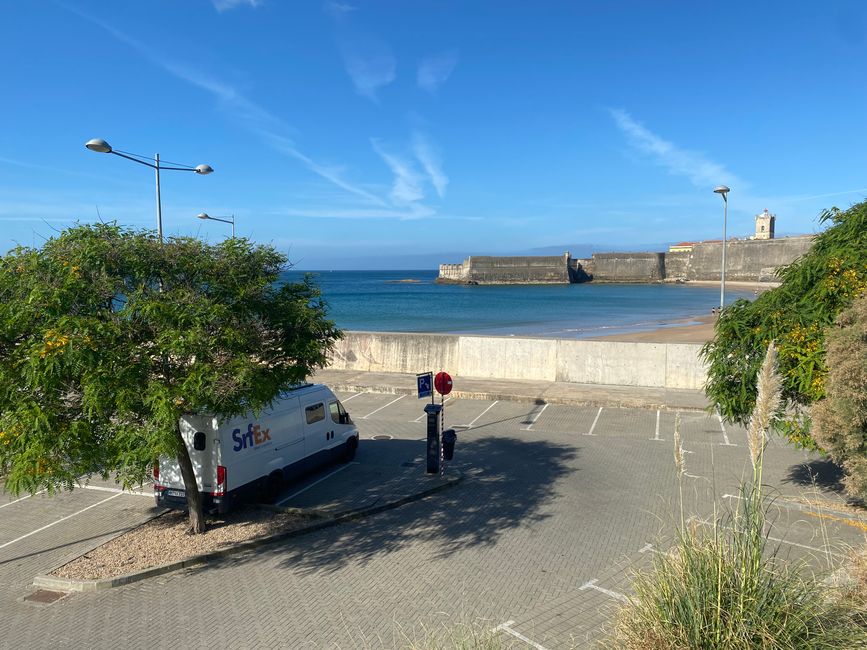
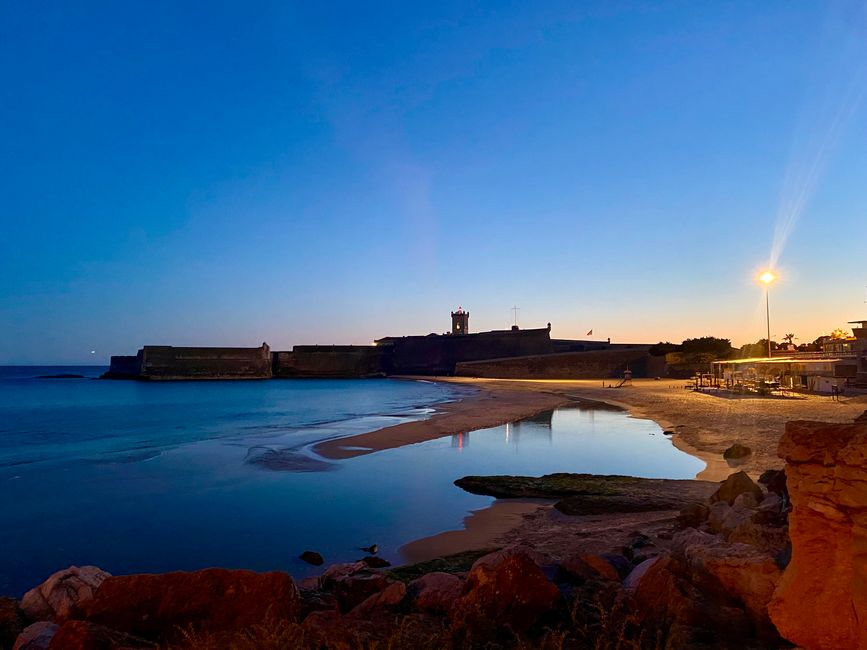
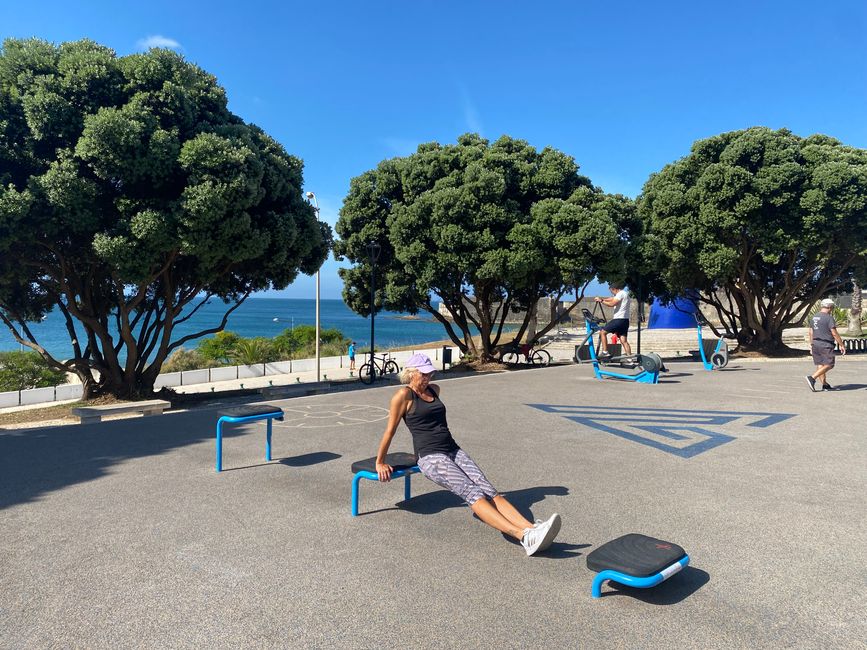
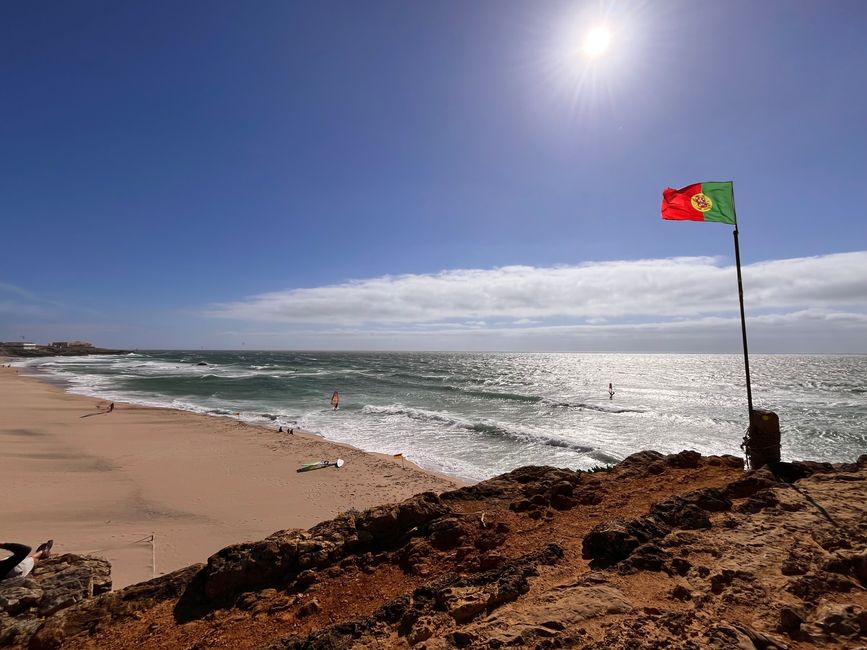
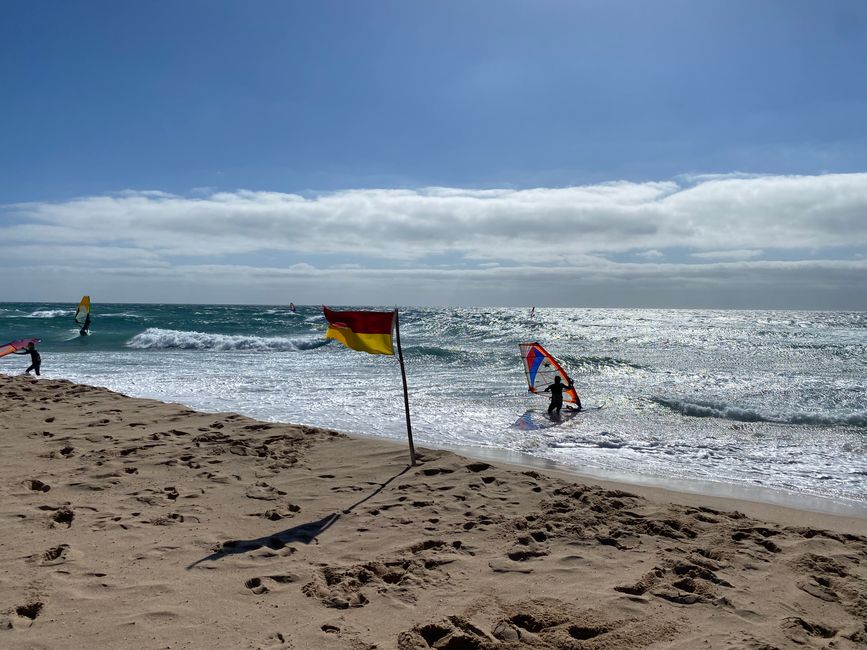
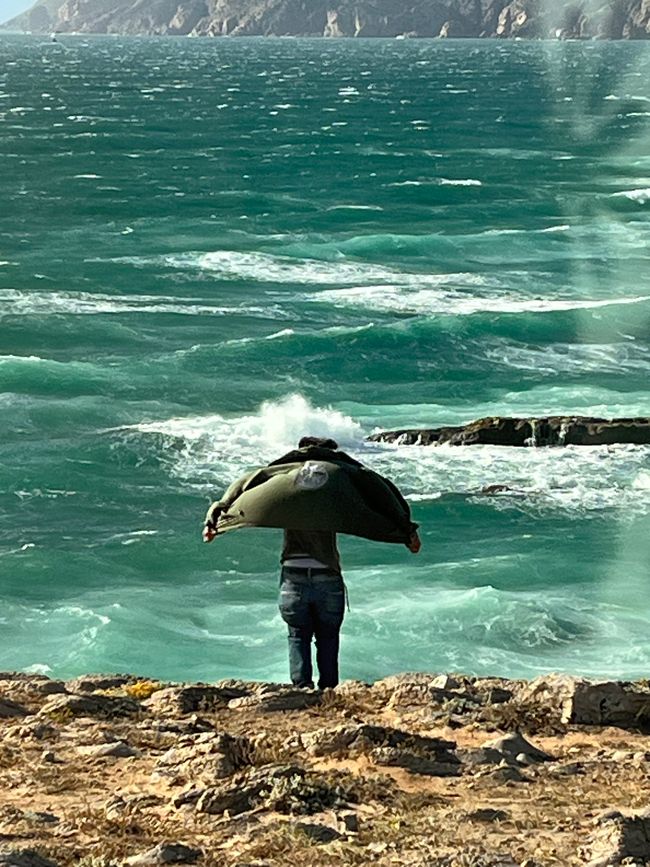
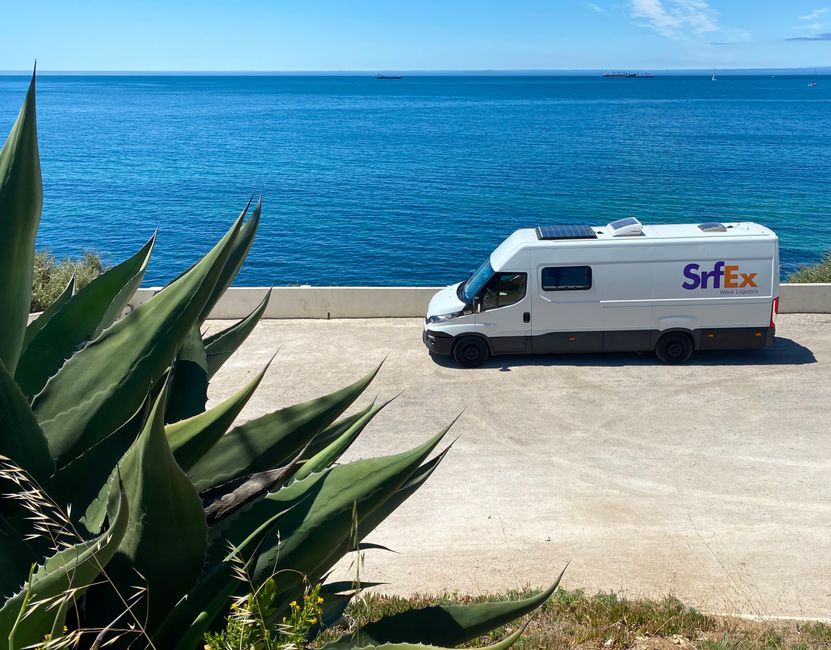
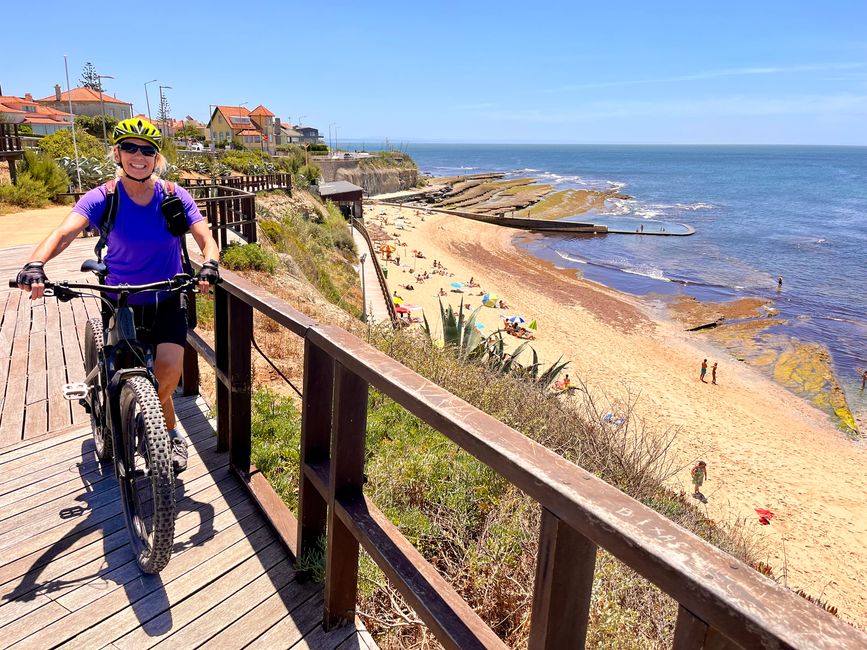
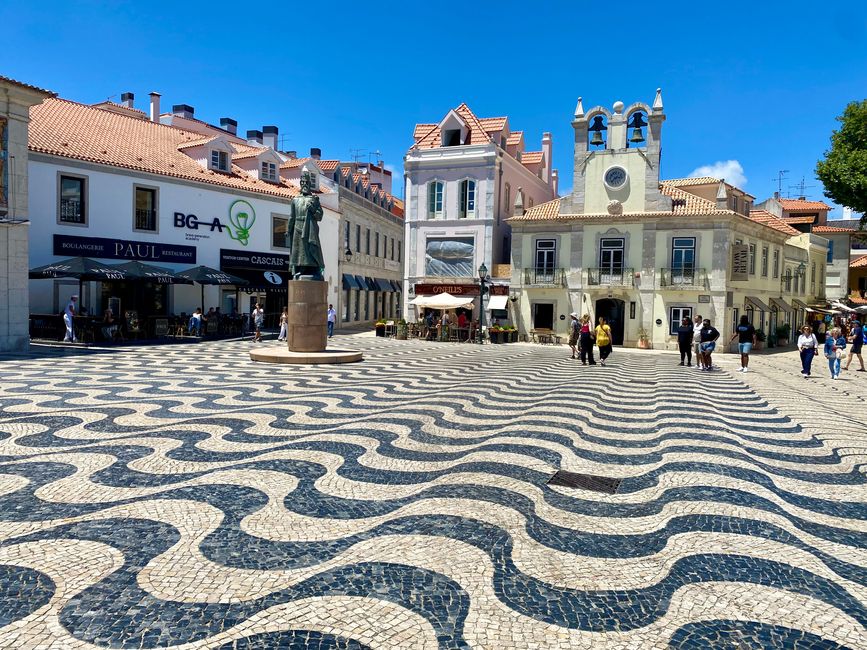
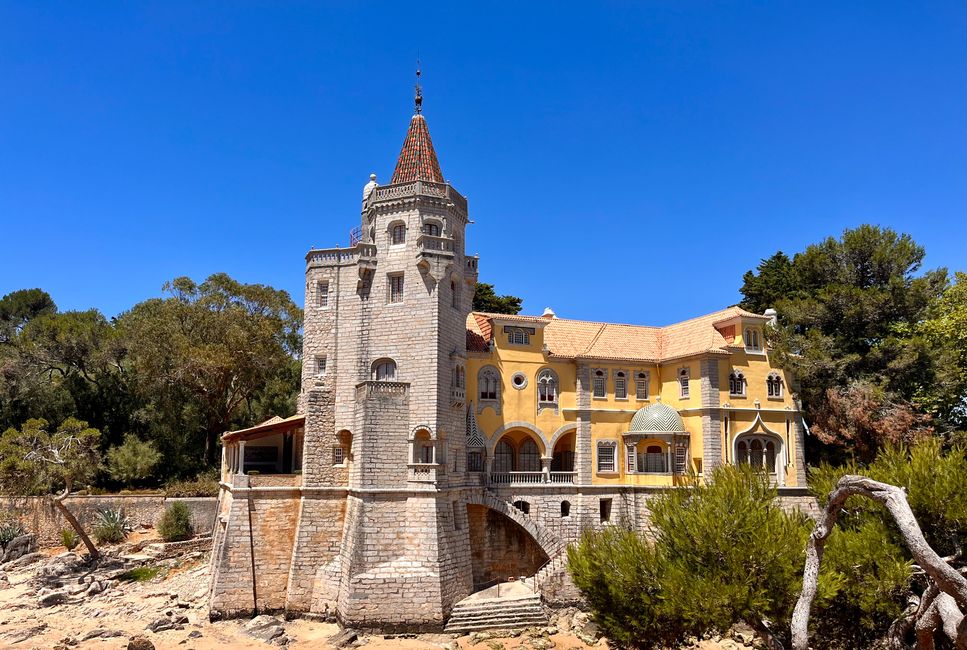
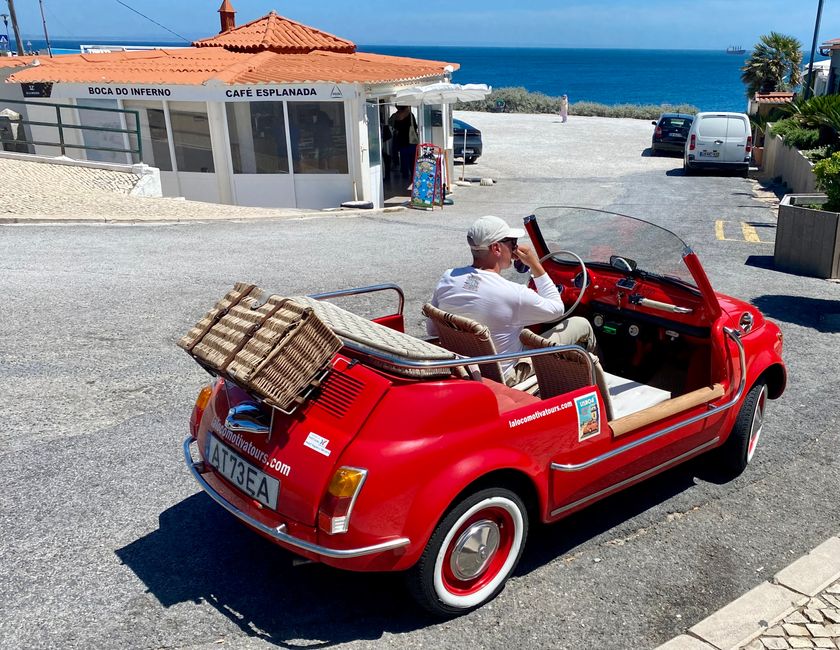
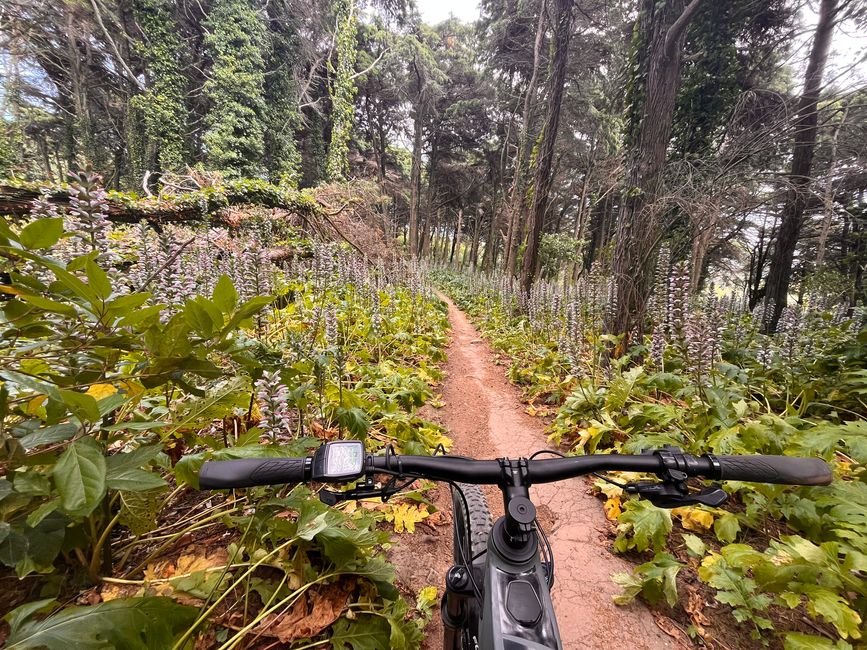
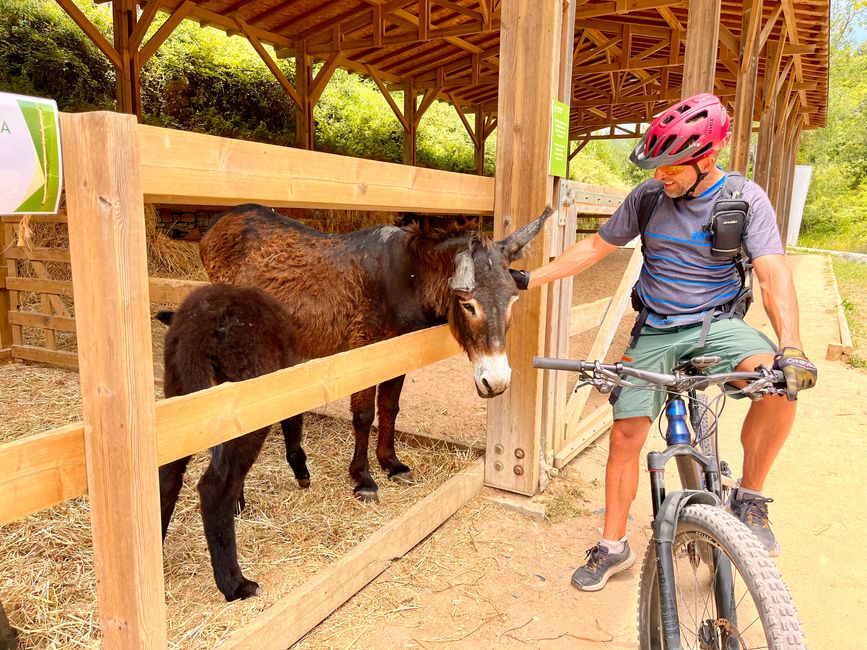
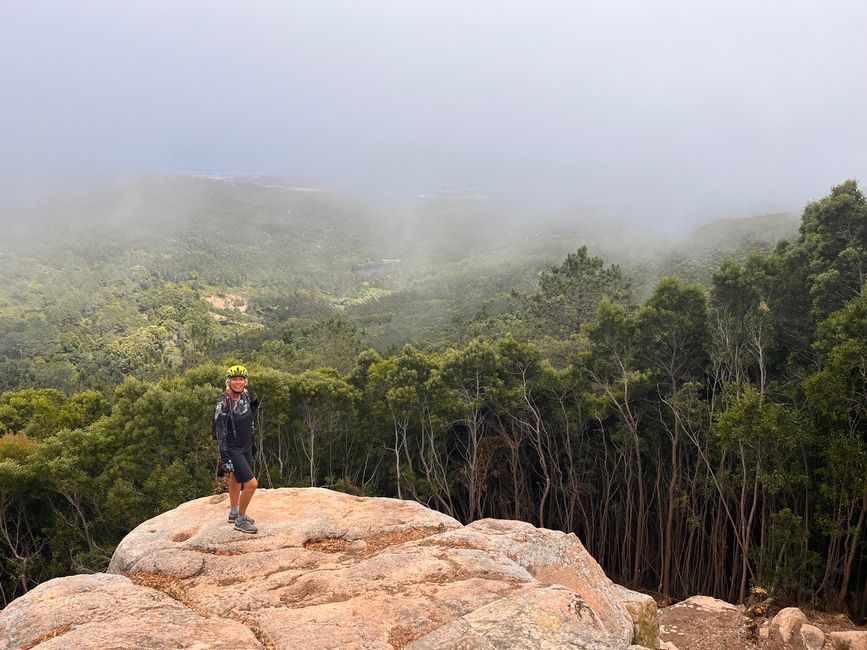
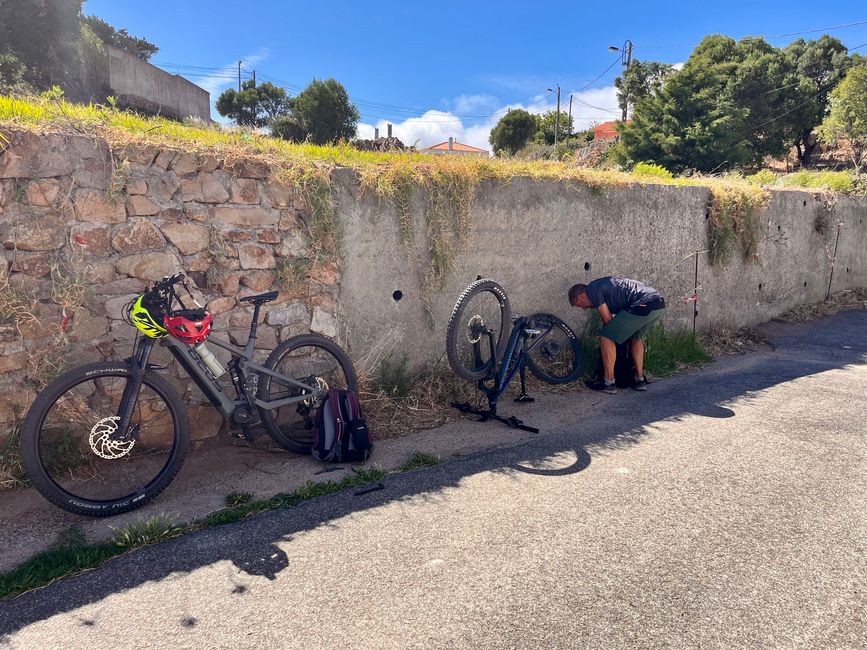

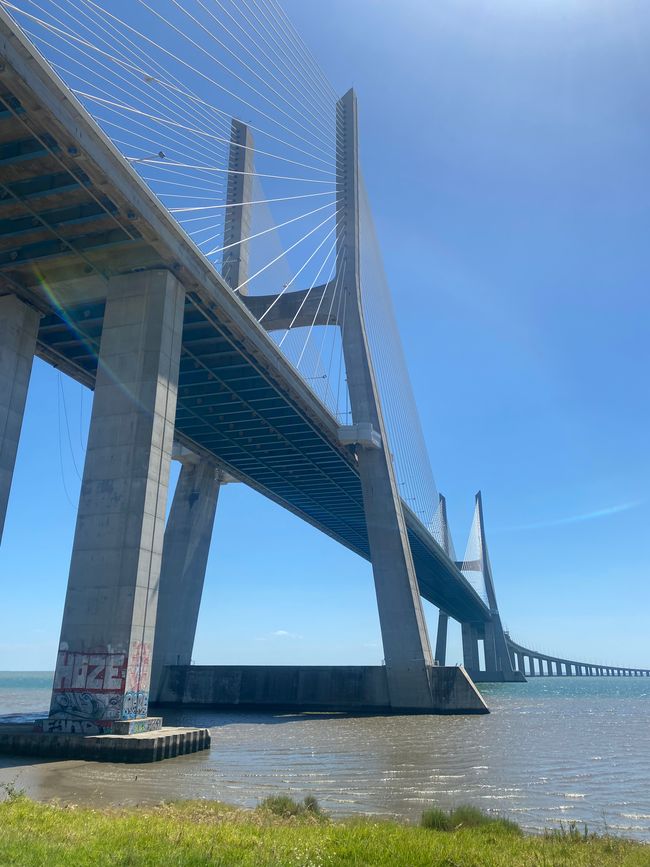
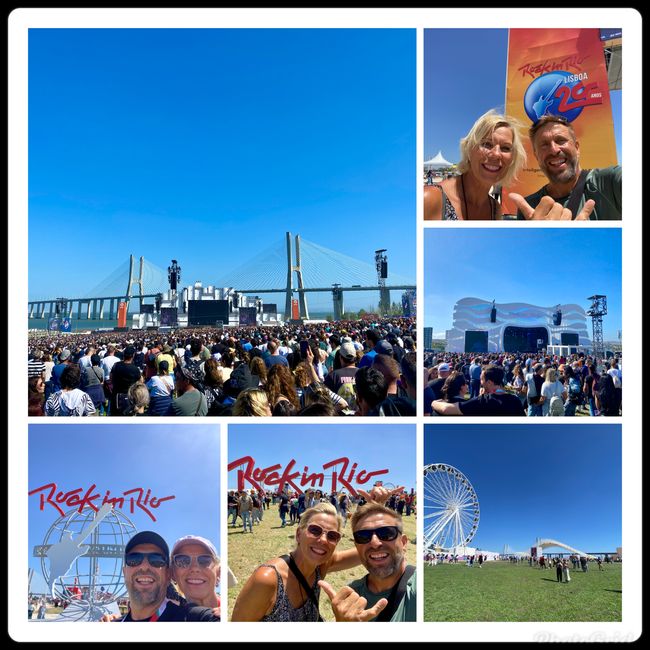
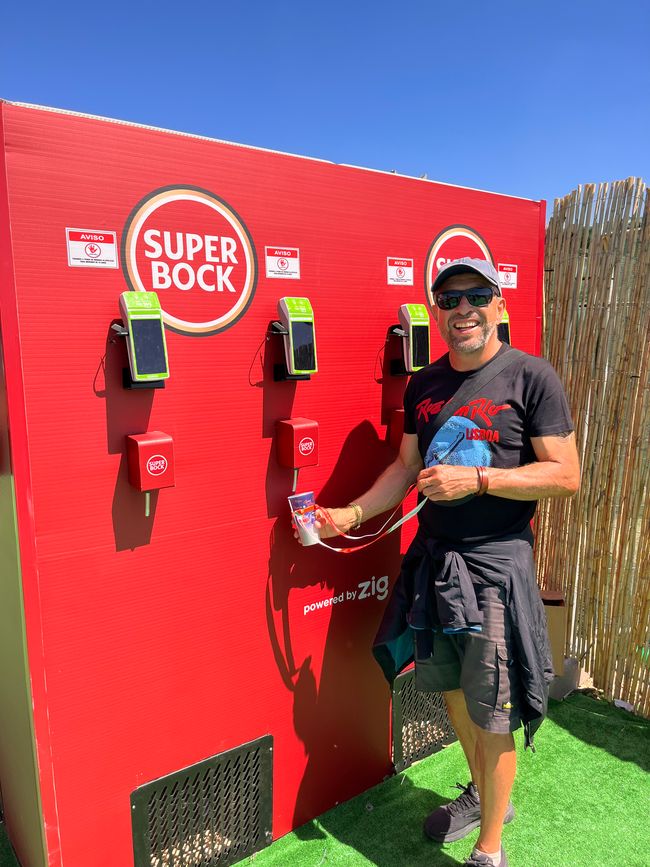

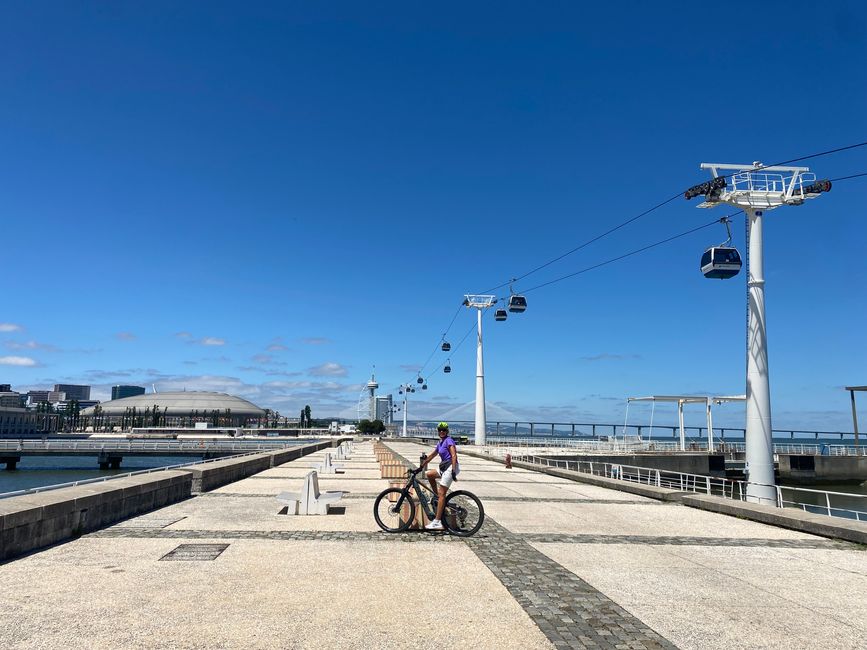

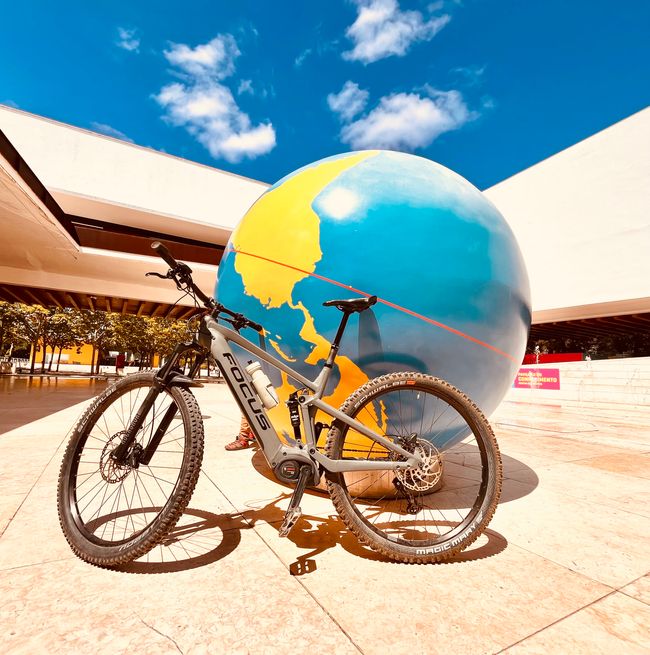
ለጋዜጣ ይመዝገቡ
June 8th: For our sightseeing in Lisbon, we are expecting some mixed weather for a change. We get our rain jackets from Betty's 'basement'. From Seixal (where we park and spend the night safely in our van), we take the fast ferry across the Tagus River to Cais do Sodre, the central 'ferry station' of Lisbon. The fast ferry is to be taken literally, when the captain pushes the gas lever forward, you are literally pressed into your seat. After only 15 minutes, we arrive at Cais do Sodre. The first impression is somewhat disappointing, like almost all train station areas in the world, Cais do Sodre is a run-down meeting point for the homeless and drug addicts, which you have to navigate through.
First, we want to take a ride on the famous tram line 28. The trams of tram 28e (= electric) date back to the 1930s and are still used in daily public transport. The interior of the tram is adorned with lots of varnished wood and brass. The trams are short and narrow to navigate the narrow streets of Lisbon. We take the metro to the end stop of tram 28 at Campo Ourique, near Lisbon's central cemetery. We have decided to avoid the typical tourist traps for food and drink and have a second breakfast in a worker's café at the market hall. In total, we pay €7 for three coffees and four sweet pastries, including two delicious Pastel de Natas. Why do we pay so much money for coffee in Germany??
Thanks to the weather (it is lightly raining), we don't have to wait long at the tram stop and even get a seat; later in the day and in sunny weather, the waiting times can be 1-2 hours. The ride is a truly unique experience. The tram winds its way through the narrowest streets, rattling and squeaking, up and down the hills of Lisbon (a total of seven). The well-known historic districts of Baixa and Alfama are crossed. Often, only a few centimeters separate the tram from the walls of the buildings. We get off at the final stop in the historic center and find ourselves in the midst of the dense tourist crowds. This part of Lisbon feels like Disneyland and is therefore mainly populated by American tourists. The streets with their bumpy cobblestones are dominated by tuk-tuks (there are countless of them in Lisbon) and Uber drivers. On foot, we explore the Alfama district with its main attractions and are happy to take the ferry back to the tranquil Seixal in the evening.
On the next day, we stay on the southern bank of the Tagus and visit the Christ the King Statue, which is modeled after the famous statue of Jesus in Rio. The statue was built from 1949 to 1959 to thank Portugal for being spared from the Second World War. But before the visit, it's laundry day again and we visit one of the numerous laundromats that can be found literally on every street corner in Portugal. Opposite the laundromat, there is a snack bar with a long line in front of it: here, half chickens 'Frango Grelhado' are grilled over huge charcoal(!) grills. Apparently, together with a delicious salsa sauce, it is the favorite Sunday meal of the Portuguese. We can't resist, delicious! From the hill where the Christ the King statue stands, we have an incredible view of Lisbon and the famous red bridge 'Ponte 25 de Abril' over the Tagus. The car traffic on the bridge creates an incredibly loud humming noise, like a giant swarm of bees. The reason is that part of the road surface on the bridge consists of a mesh wire, which creates the humming noise when it comes into contact with the tires.
On Monday, we continue our sightseeing in Lisbon. After a short trip to the old town, we focus on the banks of the Tagus River today. From the Tower of Belem (a 'must-see' attraction), we walk along the beautiful waterfront promenade towards the bridge. By chance, we pass by Café de Belem, the alleged inventor of Pasteis de Belem, better known as Natas. Thousands of Natas are sold here every day, and tourists line up outside. Not for us! We continue past castles and parks. Unfortunately, we don't have time to visit the impressive MAAT Museum. At a drinks stand (beer, as it is already past 4 pm...), we strike up a conversation with Frederic, the owner. When we tell him about our plan to explore Portugal from north to south, he (as a former van-lifer) is very enthusiastic. On the spot, he stops serving customers and writes a large number of tips for our trip on a small piece of paper (which we will later make use of). Obrigado Frederic!
Mid-week, there is wind forecasted at the world-famous surf beach Guincho, about 50 km west of Lisbon. On the way there, we cross the red bridge over the Tagus and pass through the upscale resorts of Estoril and Cascais, which are still protected from the wild Atlantic at the mouth of the Tagus River. Guincho, on the other hand, is already on the west coast, fully exposed to the Atlantic. From the Park4Night app and the Surf Spot Guide, we knew that parking, especially with a van or motorhome, can be a problem at this spot. And it is! Almost all parking spaces are blocked for 'us' with crossbars at a height of 2.4 meters. We can only park on the roadside in the hinterland and prepare for a very long walk to the beach. The wind is already whistling around our ears on the way there. It is so strong that even the few locals on the water (who all arrive by car and therefore have no parking problem) have rigged their smallest sails. Today, the conditions, apart from transporting our equipment to the beach, are too rough for me at this still unknown spot. We watch for a short time, but then give in to the flying sand. Except for the watersports enthusiasts, there is hardly anyone on the beach, it's that rough. A bit frustrated, we start our way back.
Between Estoril and Lisbon, we find a nice spot for the night between the marina and the beautiful Praia da Torre beach, on a small parking lot right by the water for our van and Betty. At night, when all beachgoers are gone, we stand there quietly and all alone. It's so perfect that we stay for a total of four nights! This is also due to the superb outdoor fitness area above the parking lot, which we happily use in the mornings. We ride our bikes along the coast to the upscale resorts of Estoril and Cascais. For over a hundred years, the rich and famous of the world have had their castles and villas by the beach here. Once again, the bikes prove to be ideal for exploring an area on a large scale. You see much more than you can explore on foot, it's more practical than with a car, and you get some exercise on the side! One day, we spend with mountain bikes in the Cascais-Sintra Nature Park. This mountain range acts as a weather barrier for Lisbon, keeping the wind and clouds away. Over a total of 22 km and more than 500 meters of altitude, we repeatedly dive into the damp clouds. There is a sharp, cold wind blowing, but on the leeward side, the clouds disappear again and the sun shines. Great single trails run through the area. Overall, we are reminded of the Anaga Mountains in Tenerife.
One of the reasons why we stay a bit longer in the greater Lisbon area is because we have something very special planned: quite spontaneously, we were able to get tickets for the 'Rock in Rio Lisboa' open-air festival on June 15th! This time, the headliner is the Scorpions, who will celebrate their 60th anniversary on stage in 2025! In the morning, we find a great parking and overnight spot in the Expo district close to the festival grounds, quickly get ready for the festival, and off we go. The festival grounds are located on a hill on the outskirts of Lisbon, right next to the 17 km-long Vasco da Gama Bridge. A fantastic panorama over the Tagus River, the bridge, and Lisbon! On four stages, around 20 bands play from 2 pm to 1 am. We manage to see five bands, Xutos & Pontapes and Blind Zero from Portugal, Rival Sons and Evanescence from the US, and the Scorpions from good old Hanover. We miss the band Europe ('It's the final countdown'), you can't be in front of all stages at the same time (and in between, eat something and have a beer...). The festival is well organized, except for the never-ending queues for drinks, food, and toilets. It's very clean, much cleaner than at German festivals. Every little piece of rubbish is immediately collected. There are no alcohol excesses. Overall, the audience (around 80,000) is rather friendly and reserved, frenetic applause is unknown here; the Scorpions have to literally force their encores on the audience, despite delivering a really good show. After the Scorpions, we head back to our warm van bed at 1 am, satisfied and freezing (there was a very cool wind on the hill in the evening) and our bed is still intact and waiting for us.
On Sunday, we actually wanted to sleep in, but the sound engineer from the festival had other plans and started the really loud soundcheck for the next day's festival at just before 8 am (!). So, we were standing too close to the festival grounds, and the short night was suddenly over. We take a short bike ride from the impressive Expo grounds, Parque das Nacoes from 1998, along the waterfront to the center of Lisbon and back, and then rinse off the festival dust at the Praia da Torre city beach. And that's officially the end of our time in and around Lisbon.
Summary of Lisbon: The greater Lisbon area is fascinating, the combination of being located on the Tagus River and the Atlantic Ocean, along with the great climate, can only be compared to a few cities worldwide. In the city center of Lisbon itself, splendor and misery are close together. The city relies heavily on the morbid charm of the increasingly decaying historic district. But if you turn around the wrong corner, you find yourself in the toughest drug area. Everything is overcrowded with 'cruise ship tourists' and 'Insta-TikTokers'. For the under 30 generation, a short trip to Lisbon is a must, as partying and 'culture' can be experienced in a small space. The entire tourist paradise is supported by an army of low-wage service providers who live (have to live) in the soulless suburbs on both sides of the Tagus. Overall, we are torn, but as mentioned several times in the blog, we tend to prefer nature over cities, and this certainly influences our judgment of Lisbon. From tomorrow on, we will continue along the west coast towards the north. The surfer paradises of Peniche and Nazare are waiting!
On the road: 145 days
Total distance traveled: 8,350 km
TO BE CONTINUED
ለጋዜጣ ይመዝገቡ
መልስ
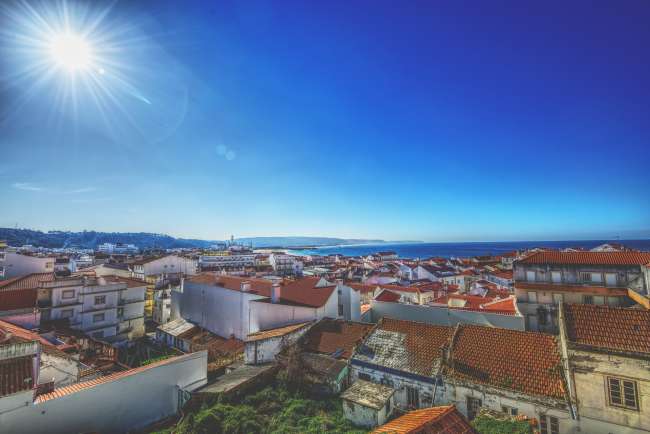
የጉዞ ሪፖርቶች ፖርቹጋል
